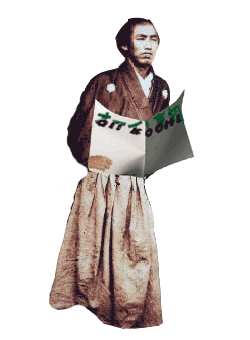


Back in the early 2000s, when I was on the JET Programme in Kochi Prefecture, I was in charge of an English/Japanese bilingual community newsletter called Oi! Kochi (オーイ! 高知).
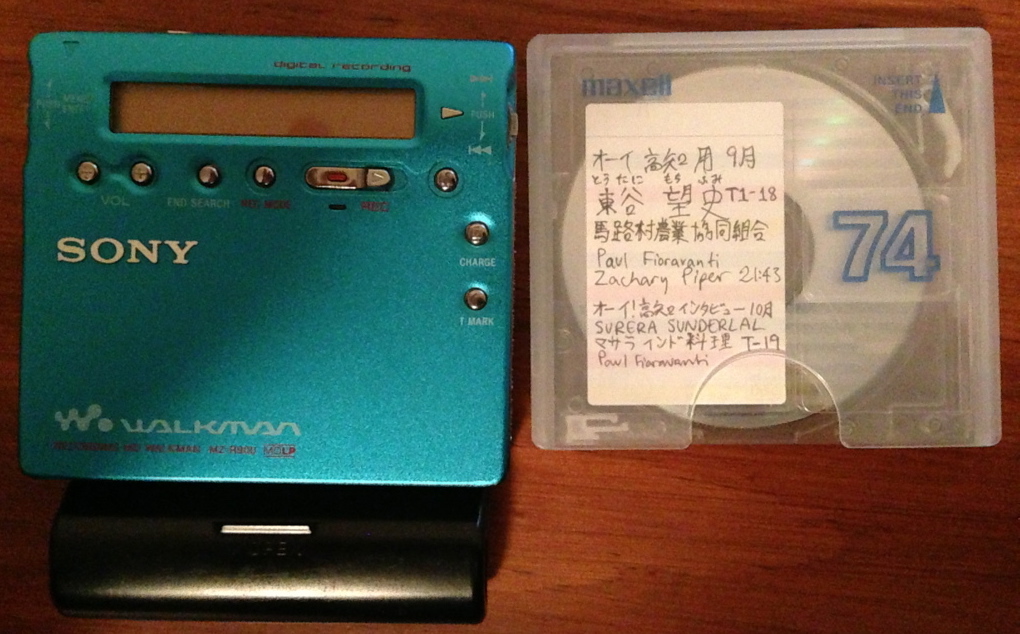
Since my position was Coordinator of International Relations, my mere involvement with the newsletter automatically fulfilled its “international relations” objective, giving me pretty much free reign over what content appeared in it.
I did not fancy myself as a journalist at all, and had no idea what I was doing (my lack of logo design skills may have clued you in on that, not that current me would be able to do any better…; for those curious, yes, that is Sakamoto Ryōma on the left), but it was great fun being able to act as a reporter, editor, and translator to produce this thing that was being read by others.
After the third issue I had been involved with was released, I was informed that due to departmental budget cuts, Oi! Kochi no longer had a print budget, and hence it would be the final issue.
Not wanting my run to end so soon, I thought that this might be a good opportunity to attempt to put Oi! Kochi not just on the web, but attempt to give it a space within the walled garden that was Japan’s fledgling mobile internet.
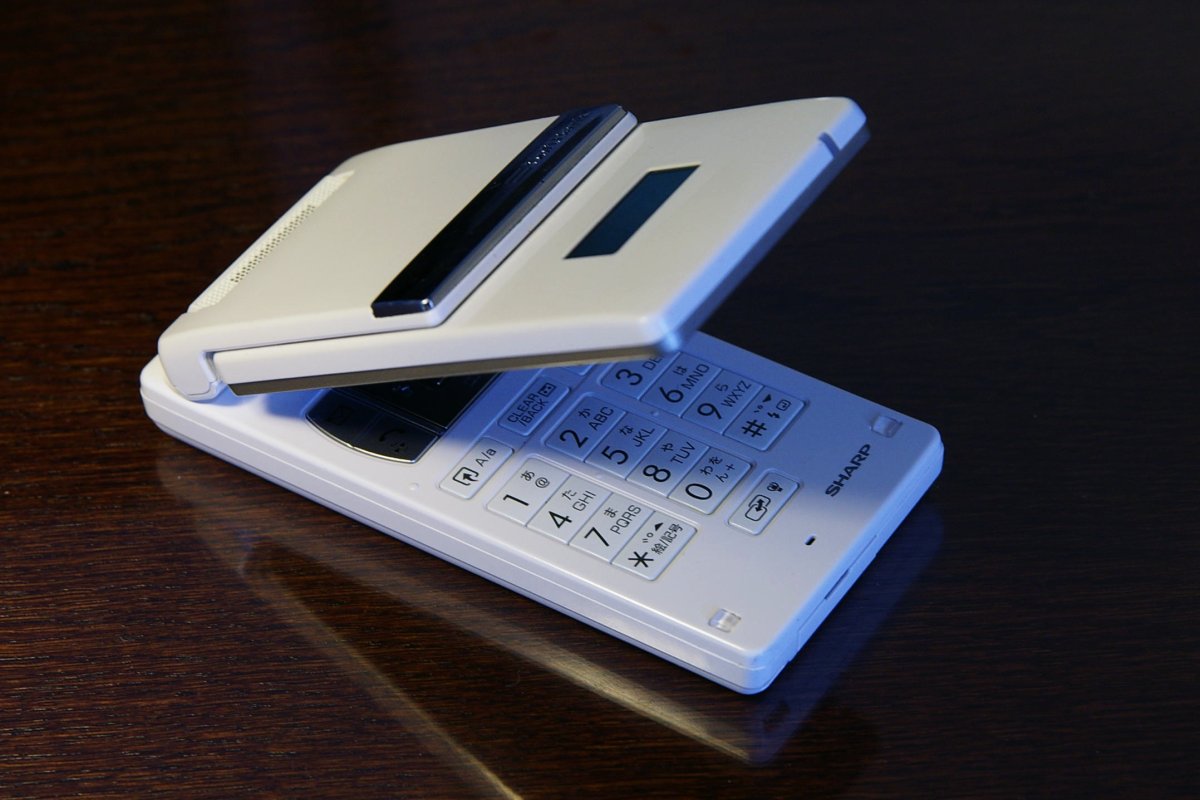
So, without knowing anything about code whatsoever, I attempted to make some HTML web pages. Japan was predominantly using clamshell-style feature phones, and sites developed for them used C-HTML, so that is what I used for the mobile pages.
I recall having eventually put the pages somewhere on the internet, but I do not think the Kochi Prefectural Government gave me any space on their servers (not that I understood what a server was back then…), but probably used some kind of free service and shared the link with whomever would humour me. Those pages are, unsurprisingly, long gone.
However, I did still have the codebases lying around, and figured it would be nice to see if they could be deployed back out on the internet, so the content does not stay lost. So, here they are!
Revel in their Web 1.0-ness!
I have also made the codebases, and scans of the print versions of the newsletter, available in the Oi! Kochi GitHub repository. If you have the courage to actually look at the code, remember, it was written a long time ago…
Viewing Pages
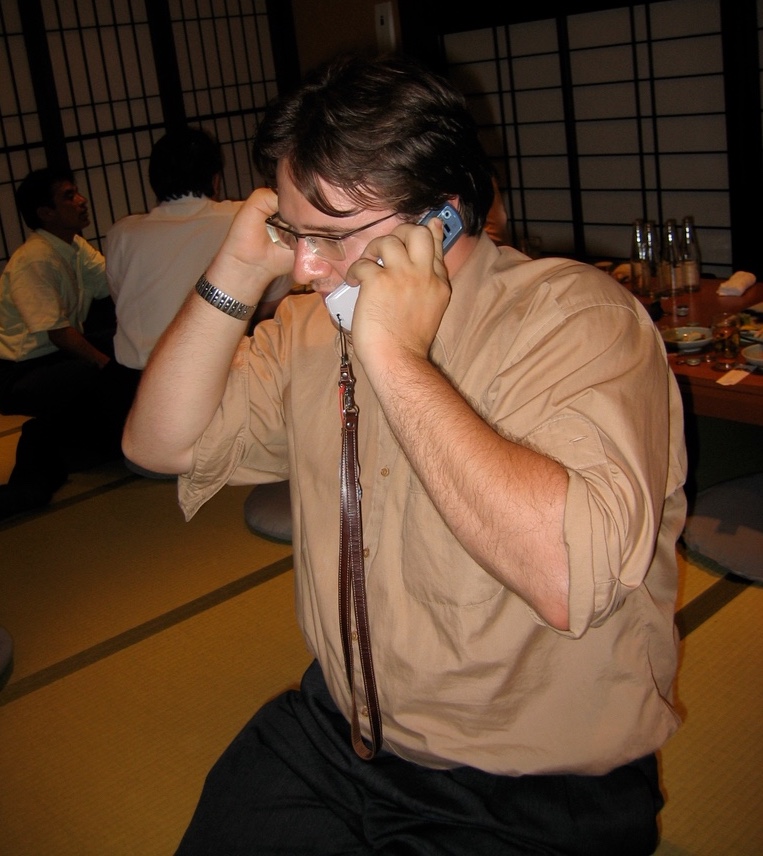
For the most period-accurate browsing experience (simulating how the pages would have looked on my AU by KDDI phone), I would have recommended using an emulator that replicates the old Japanese feature phones, the closest of which I’ve ever found is viewing the pages using the Firefox browser, along with the FireMobileSimulator add-on.
Unfortunately, FireMobileSimulator is now dead and buried, with no future releases planned, and it does not work on current versions of Firefox. There are also no alternatives that I could find.
The only consolation is that you are able to trigger accesskey attributes for links (ie for a link with text “1. English”, you could press the ![]() number key on the feature phone to directly “click” on that link) in Firefox and Chrome. See Mozilla’s
number key on the feature phone to directly “click” on that link) in Firefox and Chrome. See Mozilla’s accesskey page for the key shortcuts for your platform and browser.
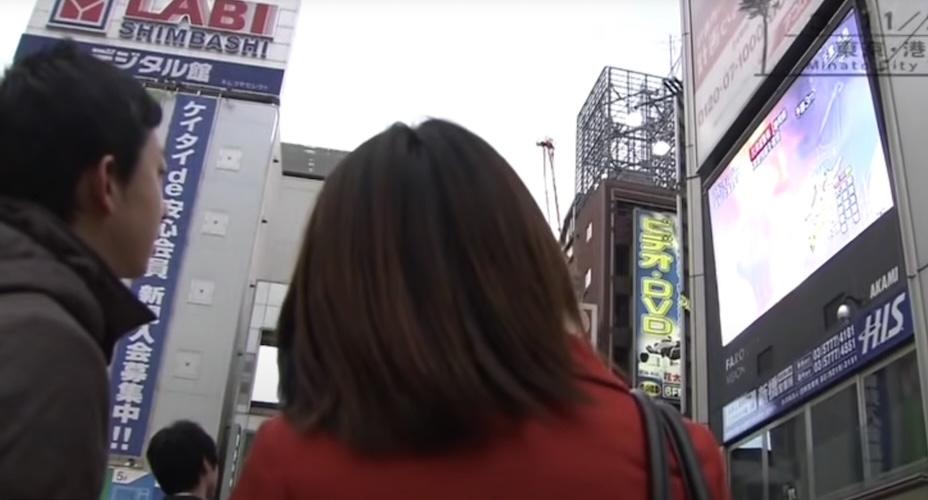



Leave a comment